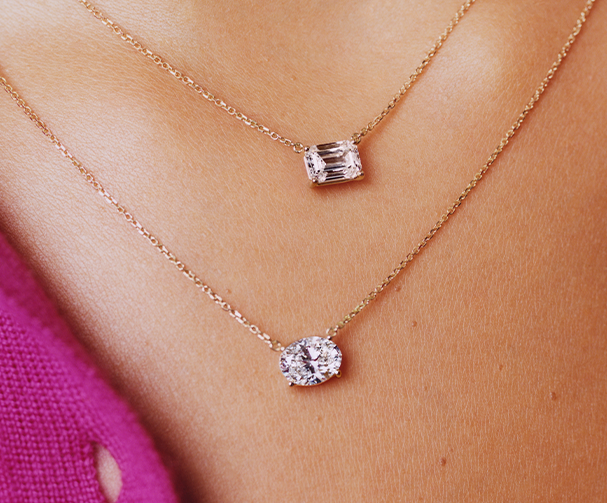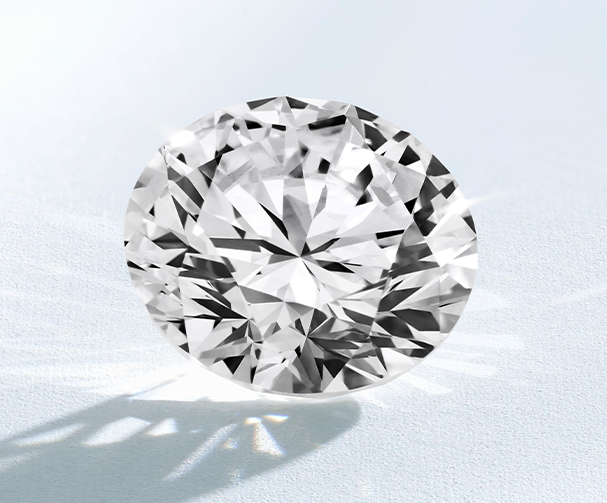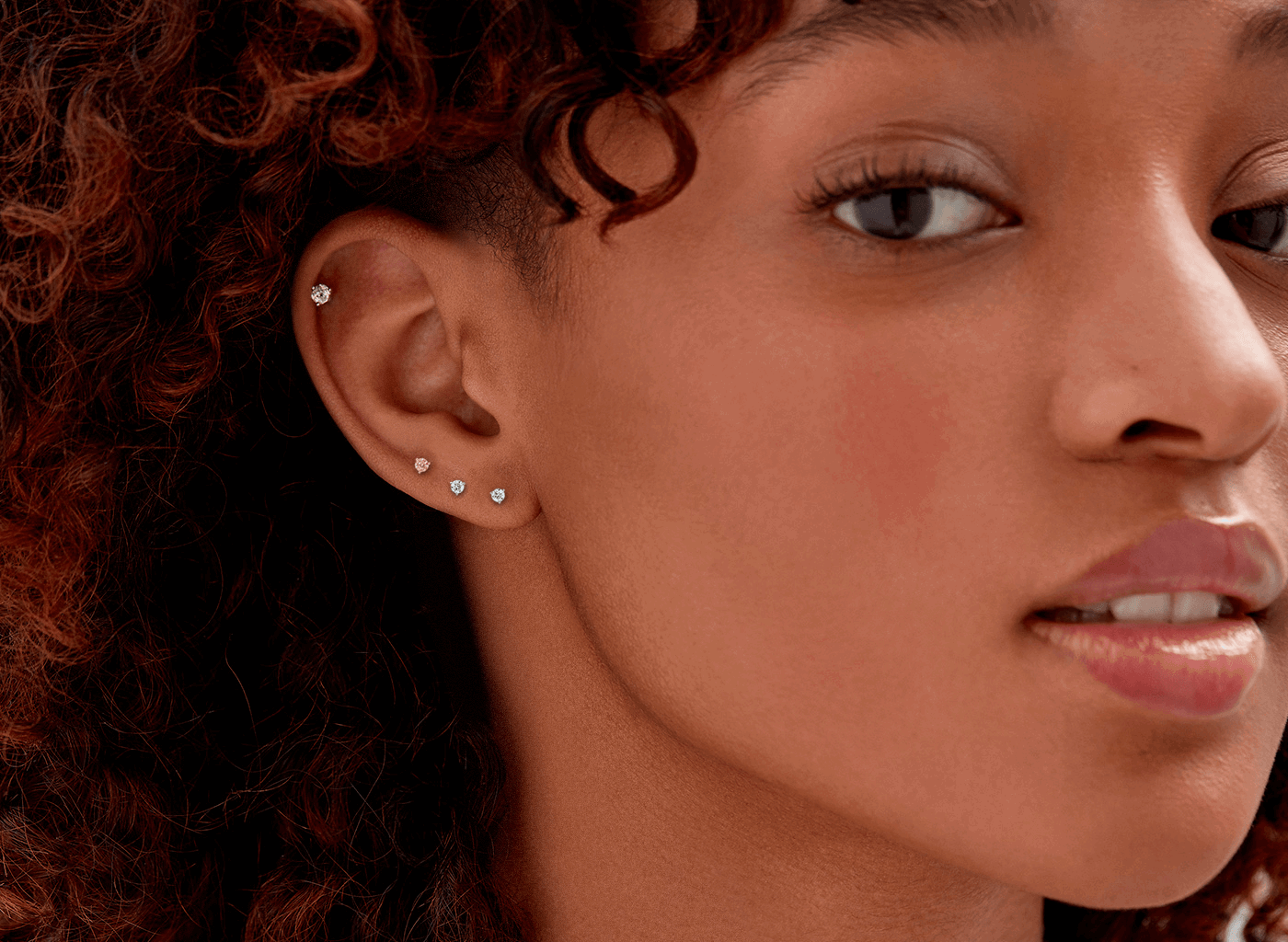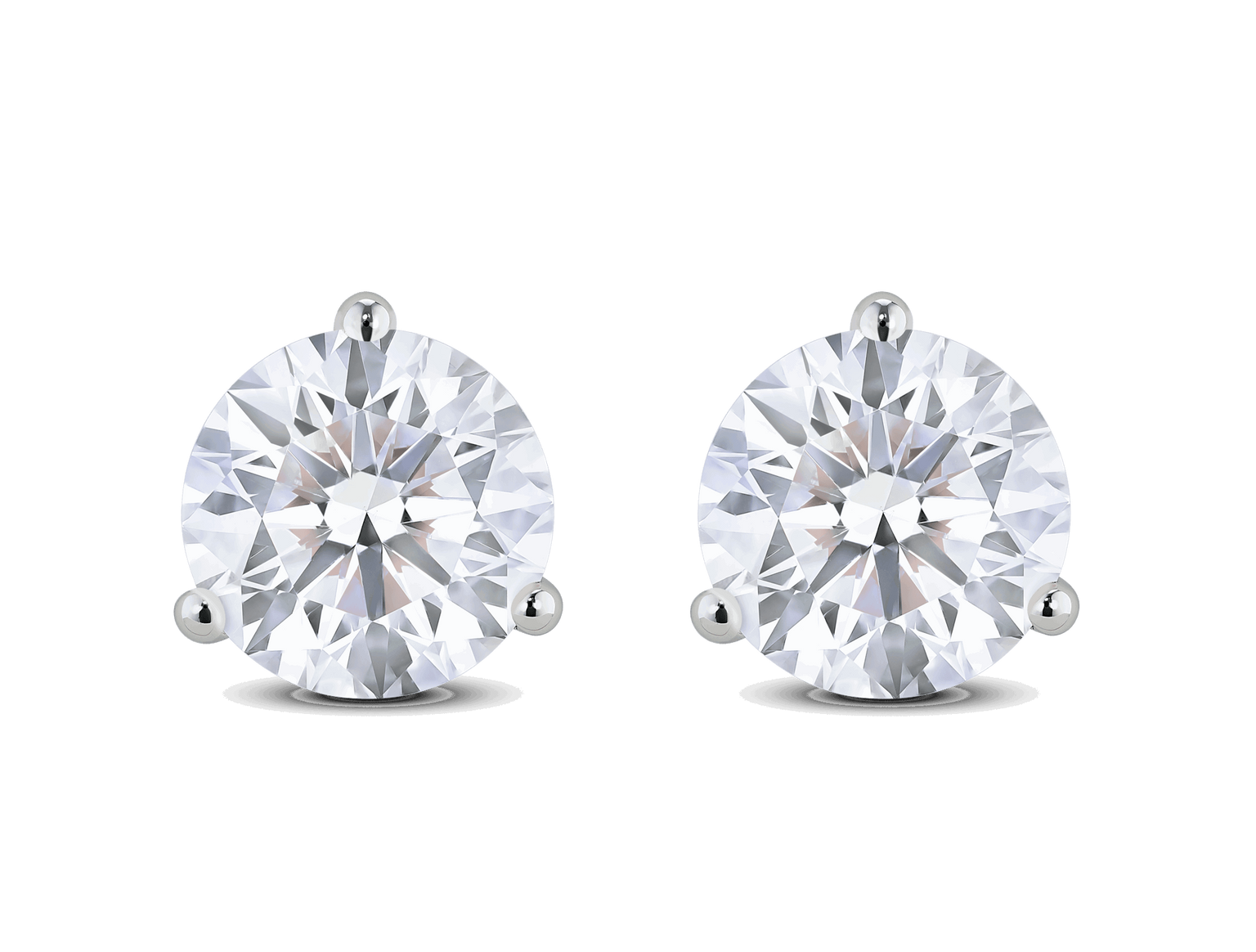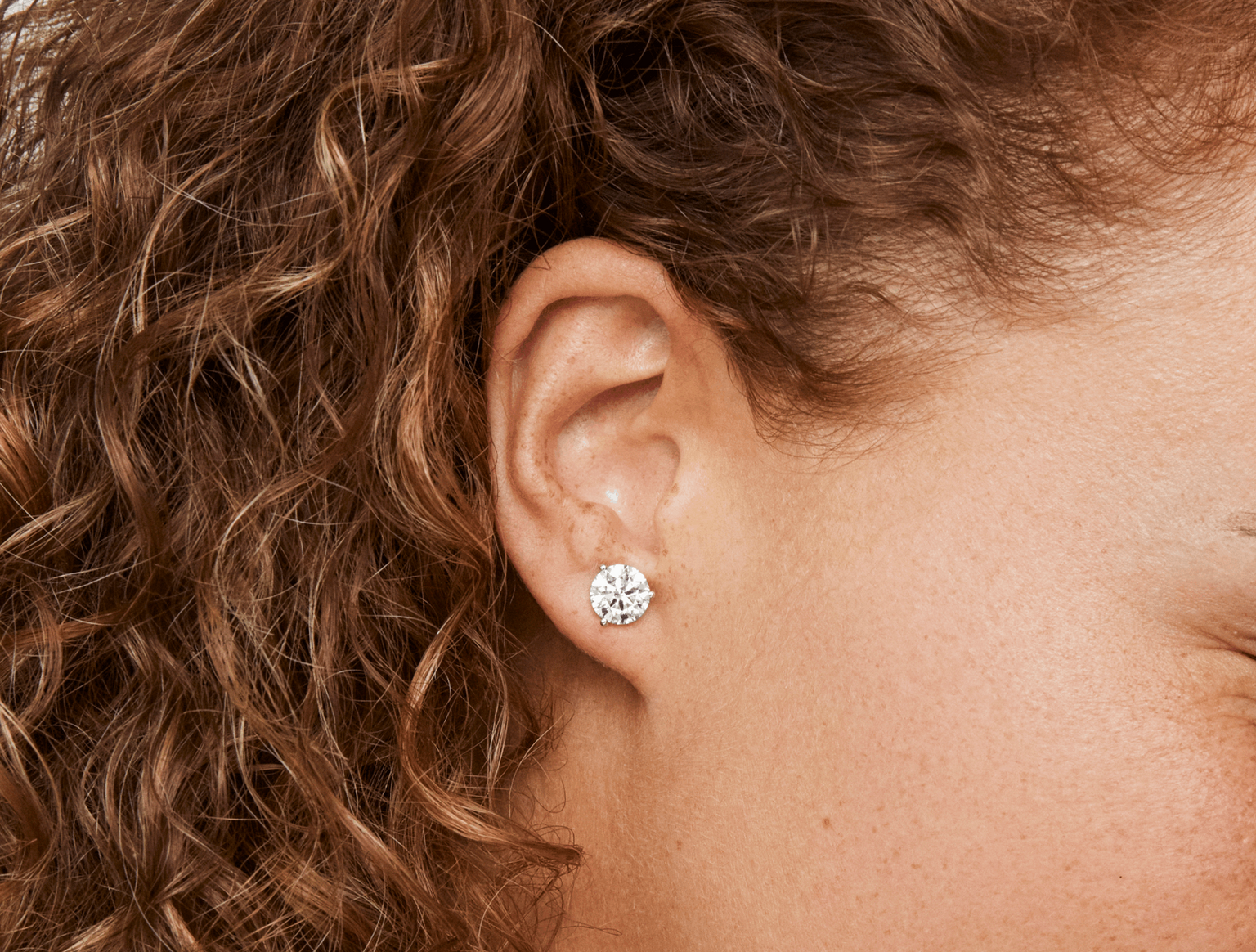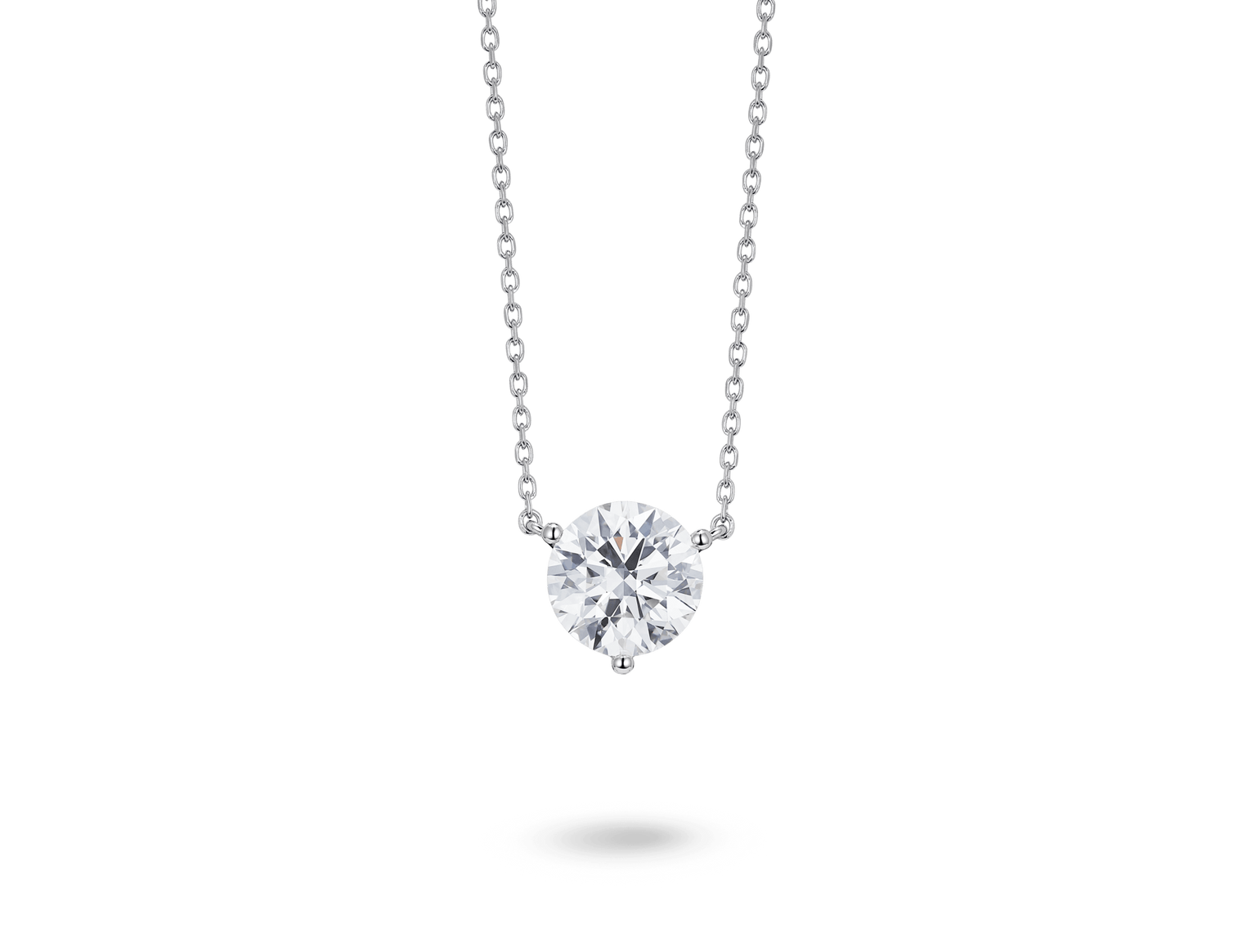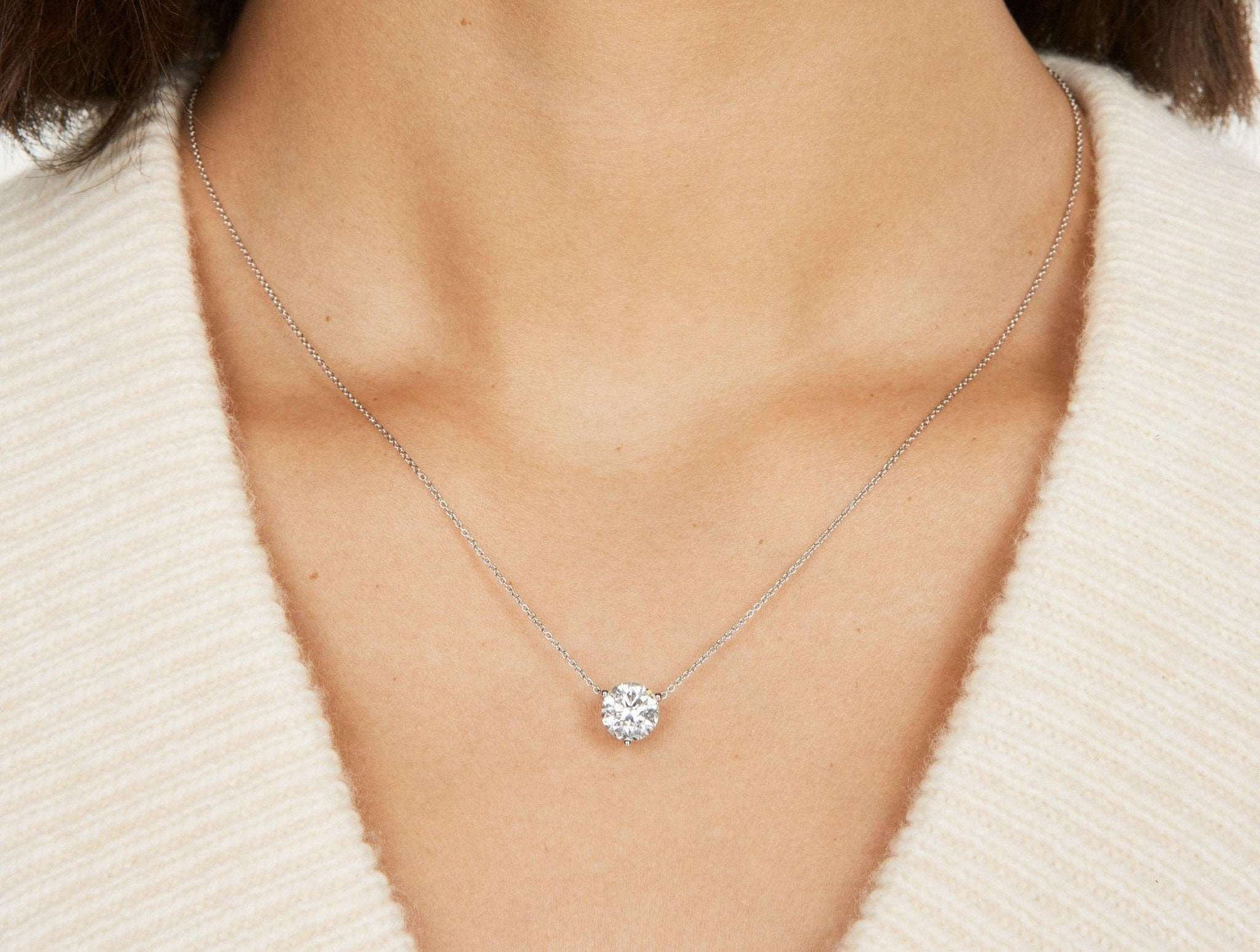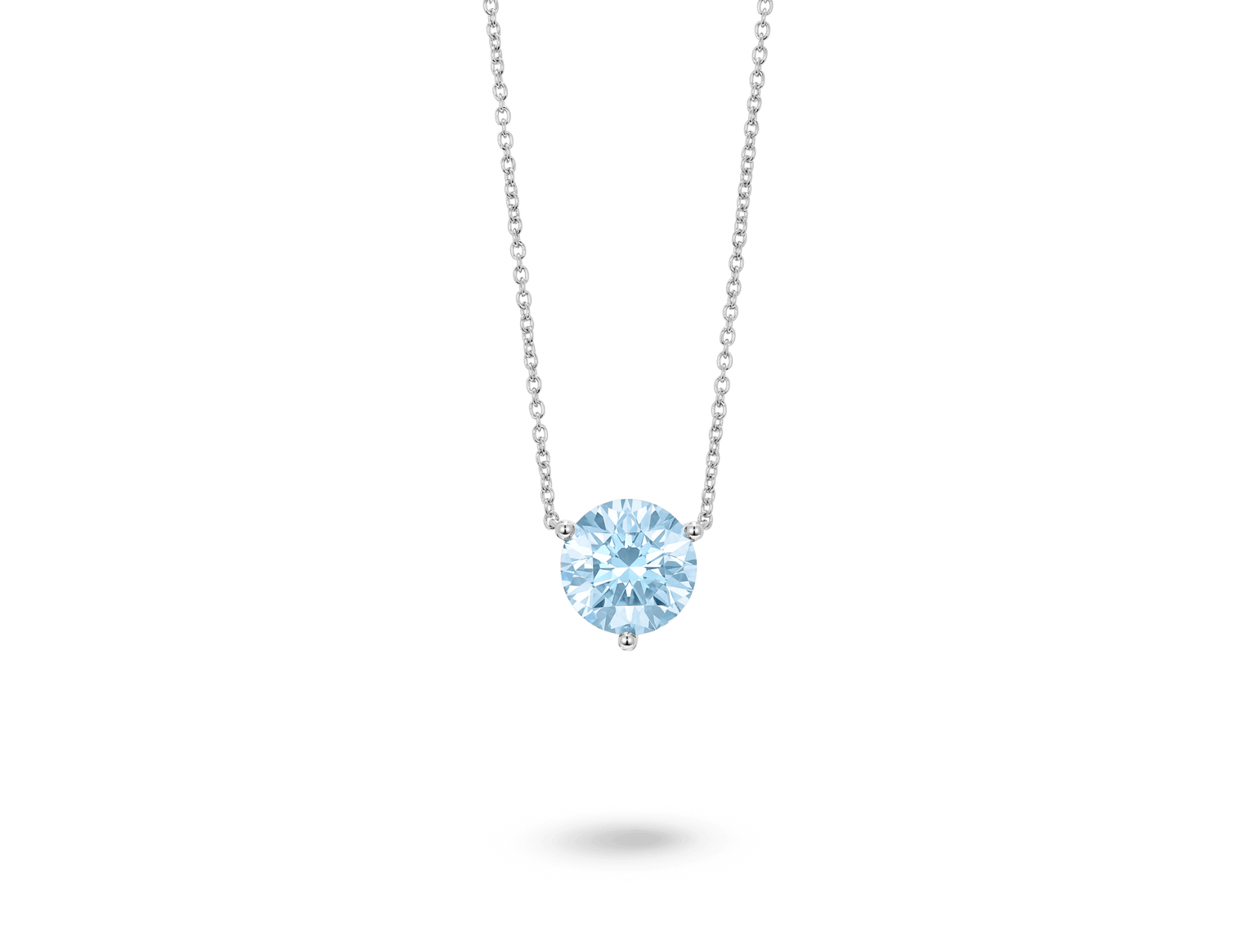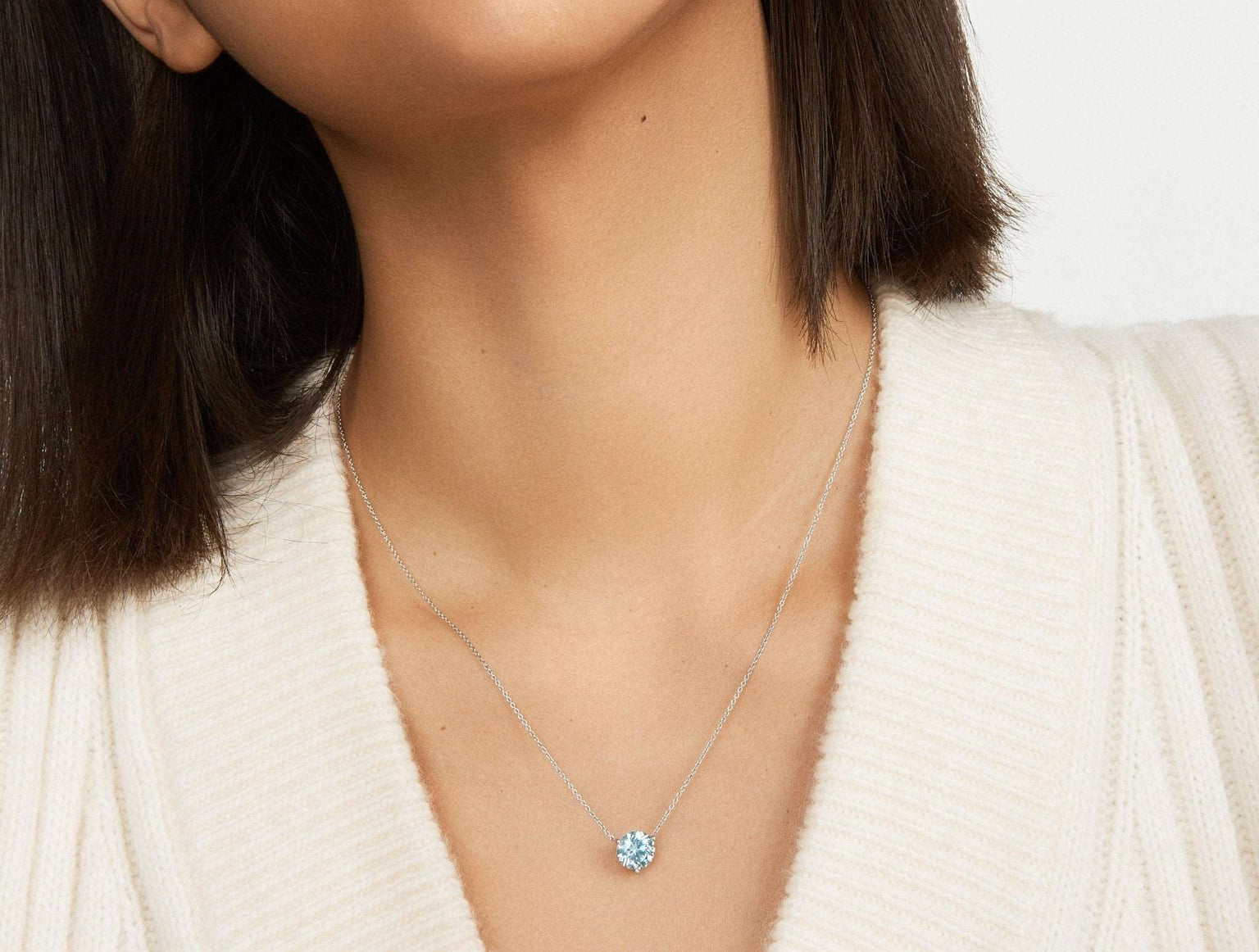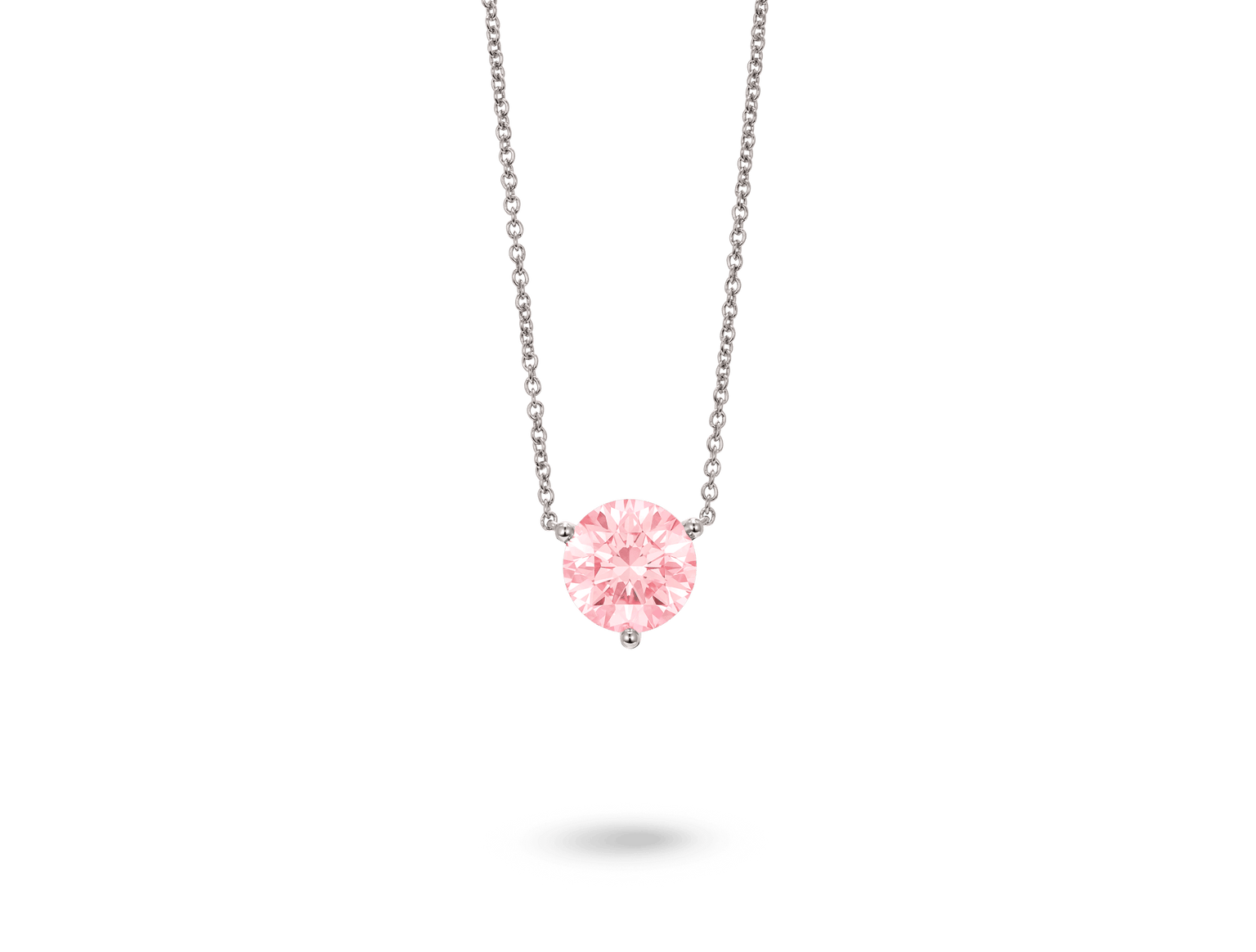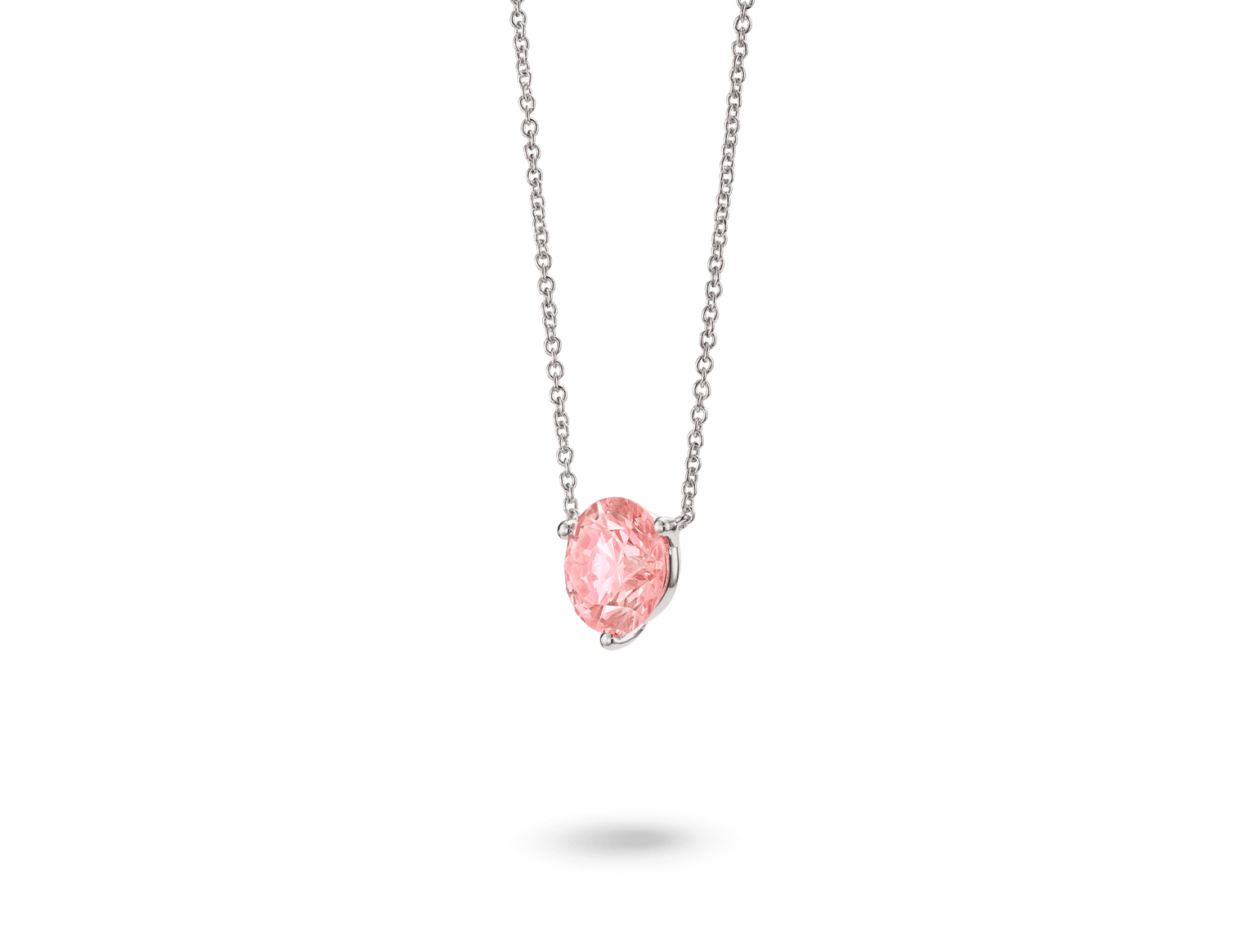Sterling Silver is a go-to metal for so many jewelers because it's a versatile material that's easy to care for. That's right, Sterling Silver jewelry is actually easy to care for. Sterling Silver requires minimal maintenance, despite getting a bad rap for a bit of tarnishing here and there. And this is especially true if you follow the easy care step outlined below. Another check-plus for the bright, shiny metal is that it plays great with sparkly friends, like our array of lab-grown diamonds.
If tarnished Sterling Silver pieces are hiding in your jewelry box, or you're ready to bring back the shine to your favorite earrings or rings, you'll feel confident about cleaning them at home after reading this handy guide.
Lightbox’s sterling silver jewelry
Whilst the majority of Lightbox's lab-grown diamond jewelry is set in gold, we have a few styles that use sterling silver, like our adorable minis collection, with sterling silvers understated richness pairing perfectly with the brilliant sparkle of our lab-grown diamonds. All Lightbox Sterling Silver is 925, and is stamped to note the formula. That numeric code represents the amount of pure silver in each piece, which is 92.5%. Pure silver is stamped 999—representing 99.9% pure silver—but it’s too soft to use in jewelry. Our silver is nickel-free and is a hypoallergenic material.
Each piece of Lightbox Sterling Silver is dipped in a layer of rhodium, giving it a great scratch resistant coating that is durable and shiny. Over time and with regular wear, you might find the rhodium plating wears. This is perfectly normal but if you want to do something about the natural wearing, a professional jeweler can easily re-rhodium any bauble for you.
There’s a common misconception that more wear equals more tarnish when it comes to Sterling Silver, but our quality control experts agree that you can don your beloved Sterling Silver pieces without fear of tarnishing. Keep in mind that exposure to elements like salty air, sulfur, and chlorine creates tarnish more than daily activities.

How to store jewelry at home
When you’re not wearing your beloved jewelry, it’s best to store it in a dry, cool, and safe place. A jewelry box is ideal, but if you don’t have a closed container, make sure jewelry isn’t placed in a high-moisture part of your home, like a bathroom. The damp climate will speed up the unwanted tarnishing process.
Proper care and storage will also help prevent tangling, so be mindful to fasten clasps on necklaces and bracelets once you take them off.
When we talked about the differences between lab-grown and natural diamonds, we touched on the fact that diamonds are the hardest material in the world. In fact, did you know they can scratch metals and other diamonds? To keep this from occurring, store pairs of earrings slightly apart from each other and try to give each piece of jewelry its own dedicated spot in your jewelry box—or return the jewelry to a soft travel pouch or the original box it came in.
Jewelry care tips everyone should know
The best care tips are preventative, and these quick reminders will help the out-of-the-box sparkle of Lightbox jewelry last a little longer.
- Always remove your jewelry before doing any athletics or sport. Things like holding heavy weights or flowing into Downward Dog could bend the band of a ring. Dinging your jewelry could knock a prong loose and possibly cause a diamond to fall out.
- Consistent exposure to chlorine will erode plating and metals over time—and salt water isn’t great either. If your swimwear needs accessorizing, might we suggest sunglasses or storing your baubles while you take a dip?
- Jewelry should be the last thing you put on once you’re dressed. This will help to minimize the contact with lotions and perfumes, which can have a detrimental effect on plating and tarnishing.
Should you sleep with your jewelry on?
Sure, you can sleep with your jewelry on, but we don’t exactly recommend it. Prongs could snag on your hair or bedding, which could damage your sheets or cause the stone’s setting to come loose. Don’t get into the habit of sleeping in your earrings, either. Posts could easily bend as you toss and turn, or the back could pop off, causing the earring to get lost or damaged as well.
When to see a professional jeweler
Any prong-set jewelry that is regularly worn should get a “prong check” from a professional jewelry shop about once a year. Here at Lightbox, our team hand-sets each prong to ensure our prong mountings are secure. The everyday bumps and friction can occasionally knock a prong loose, and the pros can quickly check to make sure everything is snug.
If you want peace of mind at home, look and listen to your jewelry. To do this, hold the prong-set jewelry between two fingers and hold it close to your ear. When you shake it, do you hear anything? Perhaps a rattling noise or a faint click? These sounds are signs you need to have the prongs tightened by a pro.
